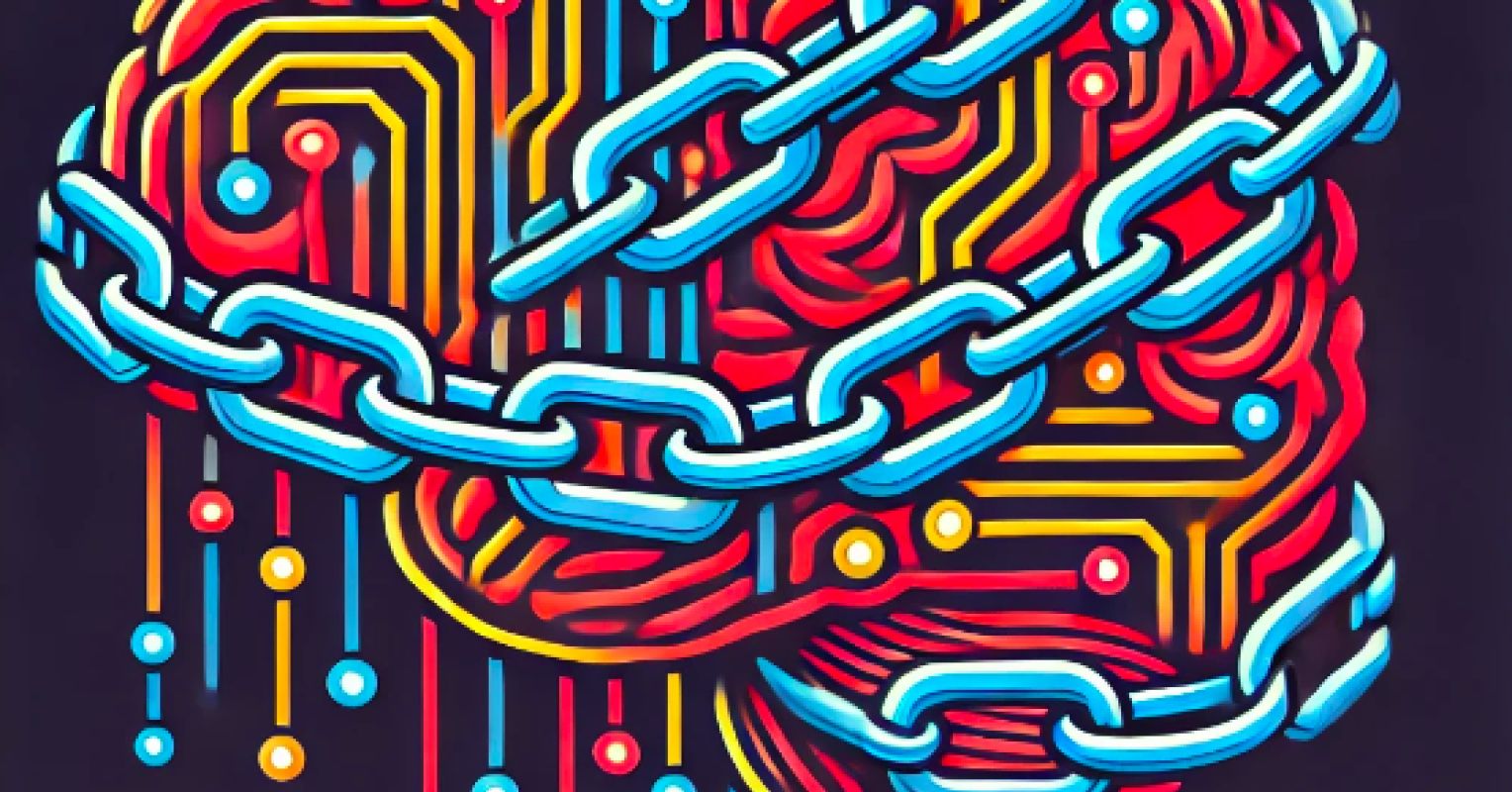You’re having not only a bad day, but a bad couple of months. You can more or less trace the time when your well-being and sense of satisfaction began to take a downward turn. Things were fine up until your worries about world and political events started to catch up with you. It’s almost as if you’re back in the days of COVID-19 and all the disruption and fear that you experienced then. Making matters worse, all of these external events are starting to make you wonder if you’ll be able to make ends meet as you see prices start to skyrocket with no end in sight.
What’s more, you hate feeling this way. Some people might like to wallow in their own misery, but not you. How can you pull out of this negative mindset and get back to your old self?
Two Pathways to Feeling Happy When Things Are Bad
As stated at the outset of a new study by Wake Forest University’s Christopher Waugh and colleagues (2025), “people often experience positive emotions during stressful situations.” Although well-established in the literature, there’s no clear sense as to why this should be the case. In part, the lack of understanding of this seemingly paradoxical phenomenon stems from the way that researchers approach the issue. Rather than accept this as a given, previous work on negative stressors looks only at the experience as a totality. This holistic approach misses the mark, the Wake Forest researchers suggest. Instead, it might be necessary to poke around inside an experience to dig out the elements that serve a positive function to some people.
There are two ways this can happen. The first occurs when people “manage to successfully distract themselves from the stressor by doing something positive but unrelated to the stressor.” Alternatively, it’s also possible, though, to steer one’s mental apparatus so that what was once negative is positive, a process known as cognitive reappraisal. To contrast the two explanations, Waugh et al. named them “up-appraise” and “alt-appraise.”
Testing Up vs. Alt as Ways to Find Good in the Bad
Across a series of six online experiments conducted during the COVID-19 pandemic, Waugh and his coauthors asked participants (ranging in age from 18 to 55 years) to respond to various situations in which they were confronted with stressors by indicating which type of strategy they use. In the first study, using COVID-19 as a precipitator, participants wrote about going through a stressful event and then indicated what emotion-regulation strategies they used.
This was one participant’s example of an up-appraisal of COVID-19 based isolation:
“I would not have been able to spend this much time at my beach house with my parents and sister. I was also able to see all my cousins, aunt and uncles and grandparents. It was also very nice and relaxing.”
Another participant recalled an alt-appraisal example in response to the stressor of not having spending money as a result of pandemic economic woes:
“This means I will not be as focused on objects and can focus on my thoughts and friends more.”
You can see the difference here, in that in the up-appraisal, positive consequences were extracted from a negative situation and in the alt-appraisal, something that was originally bad was reinterpreted in a positive way.
In subsequent experiments, the Wake Forest researchers continued to test ways that participants would generate their own up-appraisal examples from stressful situations that occurred in their own lives and through experimental manipulation. Having demonstrated consistently that this phenomenon robustly occurred, the authors then went on to try to find out if there are reliable individual differences in these appraisal tendencies. In other words, are some people more likely to be programmed to up- rather than alt-appraise?
To assess these differences, the authors administered questionnaires measuring positivity (viewing life and experiences with a positive outlook), negativity (tendency to feel sad), and belief in the possibility of mixed emotions. Participants in this final study were then asked to describe a situation related to COVID-19 that they were currently experiencing along with the emotions they felt after going through this exercise. As in the prior studies, the authors demonstrated that people were able to extract positive emotions about stressful situations. However, it was particularly those individuals high in positivity who showed this effect of finding good in the bad. Conversely, participants high in negative emotionality showed the opposite pattern of a “downward spiral,” such that thinking more about a stressor made them feel worse about it.
The Good, the Bad, and the Stressful
Putting all of these findings together, the authors believe they have made a convincing case for separating up- from alt-appraisal and showing, further, that some people are just naturally pretty good at the up-appraisal process. For those who aren’t, though, there’s hope. Even someone who’s negatively inclined to look at bad situations as even worse than they are can benefit from the emotion regulation strategy of picking a stressful event apart to isolate some of the rays of light. On top of this, because some positive elements may naturally pop up in the middle of a stressful event, people may not always need to engage their full reappraisal mechanisms.
You may not yet be fully convinced that positive appraisals can live in your mind while you’re undergoing an arduous challenge. Sure, maybe there are some benefits of, for example, having to cut corners during difficult financial times, such as learning new recipes to cook on your own instead of going out. But wouldn’t it be easier and more pleasant to be able to do this by choice instead of being forced to by circumstance?
The answer from the Wake Forest study seems to be that, since you can’t always have the situations unroll as you would like them to, it’s best to pull out those elements that can make you happy. These, in turn, can be parlayed into more general reappraisals as you exercise your mental positivity muscles on these small pieces of the larger picture.
To sum up, knowing that there can be both sides to a stressful experience can help give you perspective on one of the more fundamental realities of life. Seeing “both sides now,” as the words of the song proclaim, can put you on a path toward greater wisdom and fulfillment as you meet those life challenges.




